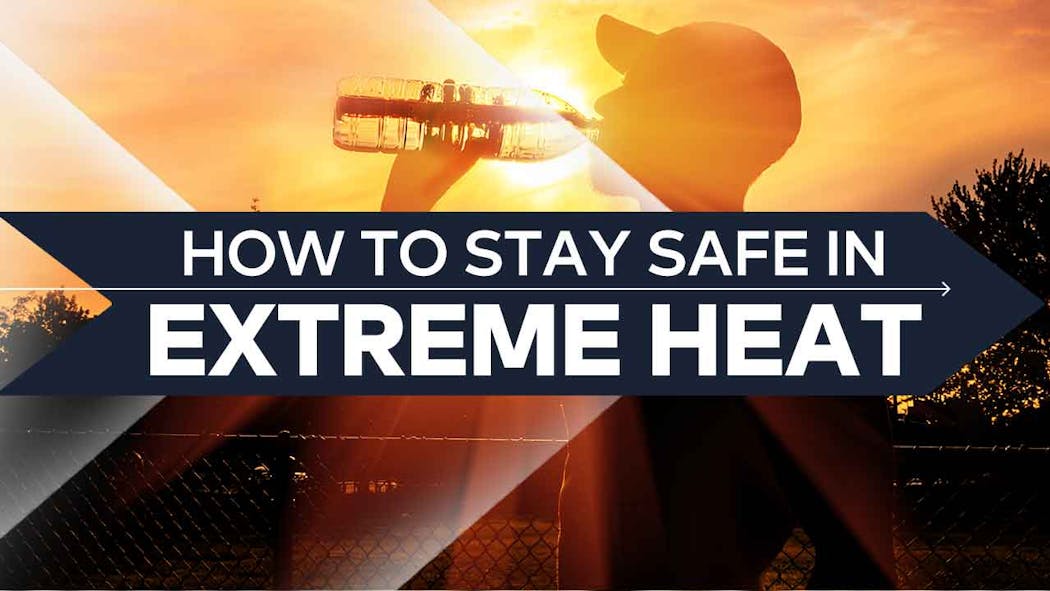As temperatures climb across Oklahoma and summer approaches, state health and emergency officials are reminding residents to take precautions to prevent heat-related illnesses.
The Centers for Disease Control and Prevention and the National Weather Service say conditions such as heat exhaustion and heat stroke become more common during prolonged periods of high heat and humidity, especially for vulnerable populations, including young children, older adults and people with chronic medical conditions.
Heat-related illness can develop quickly and, in some cases, can be deadly. Officials urge Oklahomans to recognize the signs of heat exhaustion and heat stroke and to take steps to stay safe.
Recognizing Heat-Related Illness
Heat exhaustion is the body’s response to an excessive loss of water and salt, usually through heavy sweating. Symptoms include:
- Heavy sweating
- Weakness or tiredness
- Cool, pale or clammy skin
- Fast, weak pulse
- Headache
- Dizziness or fainting
- Nausea or vomiting
- Muscle cramps
Heat stroke is the most serious heat-related illness and occurs when the body can no longer regulate its temperature. Body temperature can rise quickly, potentially causing permanent disability or death if left untreated. Symptoms include:
- Body temperature of 103°F or higher
- Confusion or altered mental state
- Rapid, strong pulse
- Loss of consciousness
How to Treat Heat-Related Illness
For heat exhaustion:
- Move to a cooler environment, preferably indoors with air conditioning
- Loosen or remove clothing
- Apply cool, wet cloths to the skin or sit in a cool bath
- Sip water slowly
- Seek immediate medical attention if symptoms worsen or vomiting occurs
For heat stroke:
- Call 911 immediately
- Move the person to a cooler area, preferably in an air-conditioned environment.
- Try to lower body temperature with cool cloths, ice packs or a cold bath.
- Do not give fluids unless the person is fully alert.
Tips to Stay Safe in Extreme Heat
To reduce the risk of heat-related illness, experts recommend the following:
- Stay hydrated: Drink water regularly, even if you’re not thirsty. Avoid sugary, caffeinated or alcoholic beverages.
- Dress appropriately: Wear a hat and light-colored, loose-fitting and breathable clothing if possible.
- Limit outdoor activity: Schedule physical activity for the early morning or evening. Take frequent breaks in the shade or indoors.
- Use fans wisely: Only use fans when indoor temperatures are below 90°F. Above that, fans may increase the risk of heat-related illness.
- Check on others: Look out for older neighbors, friends and family. Never leave children or pets in a parked vehicle.
Resources and Forecast Tools
The National Weather Service offers heat advisories and the “HeatRisk” tool, a color-coded system that shows daily heat severity levels for specific locations.
For more information, visit:

























